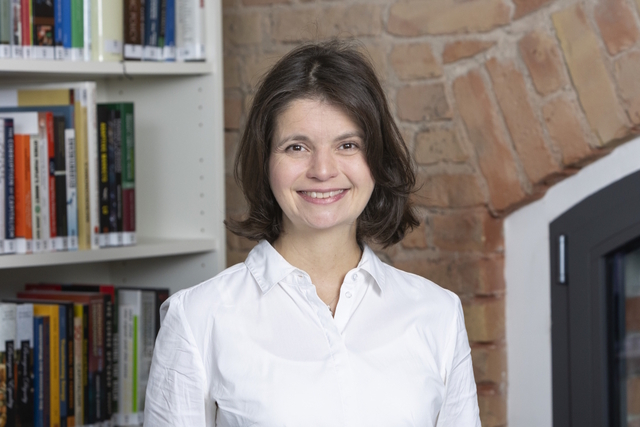Academic knowledge on solutions to remove CO2 is growing. However, research needs to connect with policy communities, industry and the public to achieve results on the way to climate neutrality.
To achieve the ambitious climate targets agreed upon in Paris 2015, it will not be sufficient to simply avoid carbon dioxide (CO2) emissions. To reach net-zero emissions by 2050, policies also need to aim for to remove CO2 (CDR) to either balance out residual emissions, or to revert to the desired temperature level from temperature target overshoots.
While current climate policies remain insufficient to adequately reduce emissions, pressure on policy makers is increasing, as climate impacts are becoming more and more obvious and the time window to reach climate neutrality is closing quickly.
At the same time, knowledge on solutions to remove CO2 is growing, but CDR has so far only played a minor role in climate policy discussions. Research needs to connect with policy communities, industry and the public in order to change this. This new alliance is needed to close knowledge gaps and map out effective solutions that are politically feasible, environmentally sustainable and socially compatible.
An expanding knowledge base
Technologies and practices have already been suggested and partially demonstrated, and they now actively have to enter the societal discourse. On the one hand, an agreement has to be reached on the extent to which society wants to depend on CDR in the future. This dependence can be significantly decreased through demand-side reductions in emissions, for example through behavioral changes (mobility, diets, etc.).
On the other hand, knowing how much CO2 should be withdrawn, it has to be discussed how to achieve this. In contrast to large-scale Bioenergy with Carbon Capture and Storage (BECCS), Natural Climate Solutions, like afforestation and reforestation, seem to be natural entry points given the experience with practices, low costs and public acceptance, while research on and first demonstration of solutions such as Direct Air Carbon Capture and Storage (DACCS) are ongoing.
Each of the above-mentioned solutions has its advantages and disadvantages. Therefore depending on large-scale deployment of a single option is a risky strategy. However, demand-side emissions reductions come with their own challenges, best exemplified by a recent study on the climate effect of pandemic defense measures, which estimates emissions reductions of about 5-7% for 2020. This is what would be needed every year for the next decade if we were to achieve climate neutrality through demand-side measures.
Moving from knowledge to solutions
In order to move forward and start implementing solutions now, it is possible to first focus on lower-cost, high-co-benefit, and technologically more mature and tested options, like Natural Climate Solutions, and complement those with low-cost and ready-to-be deployed practices, like carbon capture systems at power plants and industrial facilities.
At the same time, an exploration of solutions should become the focus of research in addition to a cooperation among the different disciplines, combined with experimental and full demonstration projects to account for uncertainty and advances in a joint knowledge base.
This joint work will enable a better understanding of diverse outcomes as well as full climate consequences and collateral effects. Thus, policies and plans need to be adaptive and socially inclusive, as demand for and supply of CDR could change in response to new knowledge. In addition, a choice of instruments for political frameworks is needed depending on the respective society’s norms and values.
An alliance for deliberation and implementation
With an increasingly solid science base for CDR planning, social factors, barriers and inertia, policy volatility, and governance uncertainties appear to remain the biggest challenges to early action. Therefore, a broader alliance, which brings together the research and policy communities, industry, and the broader public, is needed to move towards net-zero targets.
This post is adapted from the article “Moving toward Net-Zero Emissions Requires New Alliances for Carbon Dioxide Removal” first published on OneEarth.


